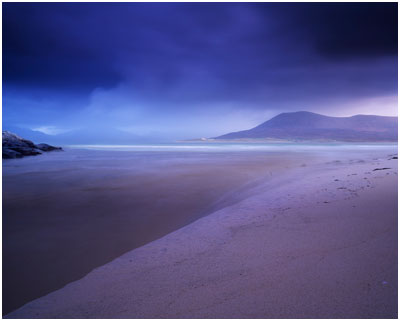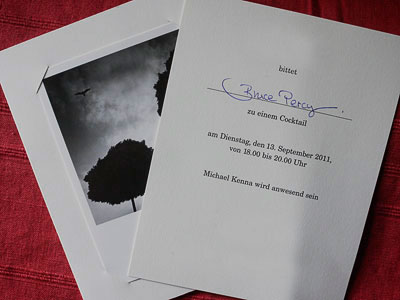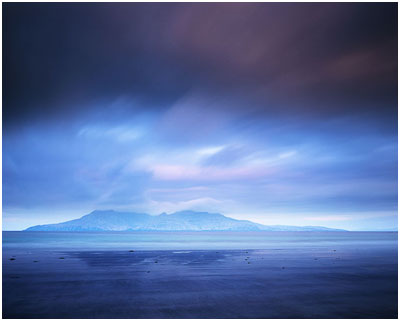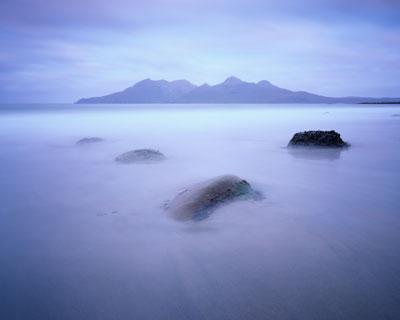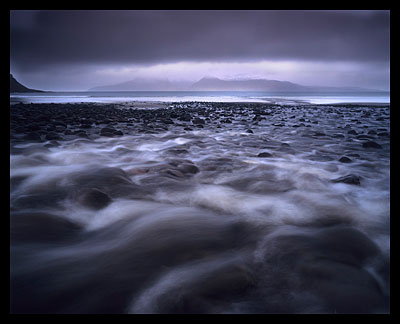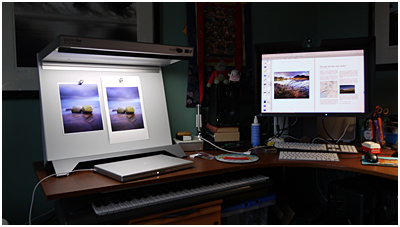A few weeks ago, Neil from Beyond Words Books gave me a copy of the book 'Publish Your Photography Book' by Darius D Himes & Mary Virginia Swanson. Which I will now refer to as PYPB in this review.
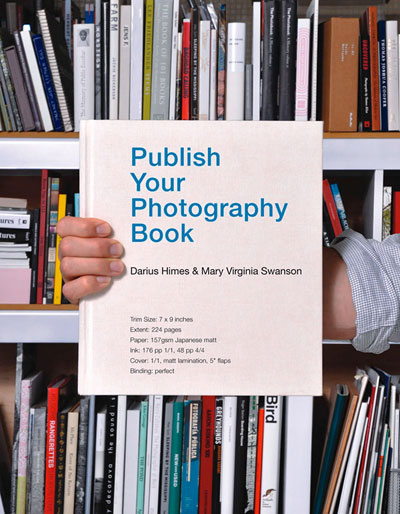
Before you decide that this article is not for you - stop. There is no reason why you shouldn't put your own book together, as I'll explain further down.
I remember thinking 'oh, perfect timing', as he surprised me with it, as I've just finalised the proofs for my own book, paid the remaining amount due to the printer and am now eagerly awaiting some advanced copies of the book.
So yes, I thought the timing of receiving this book was a little off. But perhaps because I've gone through the process of putting my own book together, it's been really interesting reading PYPB. I think there's a lot of useful information in here if you're considering publishing, or getting published because it has plenty of case studies from publishers and also photographers on how their book idea came about and how it moved from being an idea into something real.
I don't think this book would have helped me get published, or help me get round to self publishing - that kind of thing really needs you to have a sense of drive and determination to overcome plenty of odds. What this book does though, is help plant some seeds, make you think more about why you want to publish a book and perhaps the most important question of all: what market the book should be about - who is it aimed at.
In particular, what I found most interesting was that 'best of' books aren't a good idea. Books that sell have a strong theme rather than being a collection of all your best images into one bundle. I can appreciate that this would be true for most photographers that no one has heard of - sure - the photos should speak for themselves, but most people want to know what it is they're buying and why would you want to buy a collection of nice photos from anyone if there's no solid theme or message contained within?
This caused me a little panic at first, since my forthcoming book is more or less a retrospective of images I've shot over the past 10 years. But I soon calmed down when I remembered that I also decided my book should have some form of teaching and message contained within for the reader. Each image has a text that explains the making of and also thought processes I went through. But I also realise that most of the people who will be buying my book, are buying it because they know who I am, and they like my work.
Anyway, if you are considering making your own book - and it doesn't have to be a grand affair - some of the examples discussed started off life as inkjets bound together in to hand made volumes to sell. I think it's a really fascinating thing to do. If you print your images and like to frame them, then putting a hand made book together is no different from this - it is a way of collecting a body of work together and giving a form of closure as well as a final purpose for the work.
There are many book project case studies contained within PYPB to make it an interesting read, simply because of the creative decisions. Everyone is entitled to think about putting a book together - many people do it via Blurb for instance. PYPB helps you think about reasons for publishing, what your market is, and what type of photography book might be the best idea for a project.
Putting a book together is like working on any concept. It's an inspiring adventure and it can also bring a lot of purpose to your photography. If you are suffering from a lack of ideas or direction in your own photography, then I would urge you to consider setting up a project of some kind - and a book is a great way of visualising the final outcome. Having that final goal in mind can do wonders to spur your creativity into action and give you something to get your teeth into.
Above all else, it's a fascinating read as I love to hear about people's creative decisions.
You can get it from Neil's Beyond Words book store.



